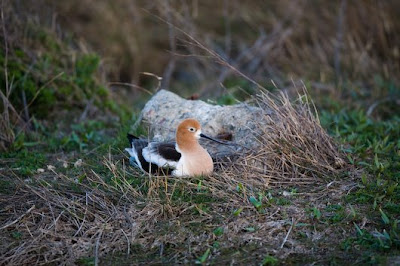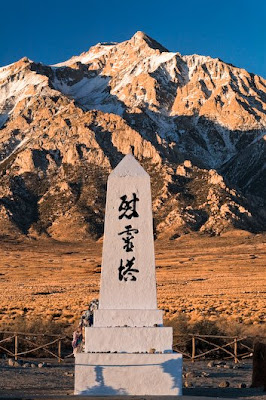Katrina and I have a history of exciting first days in Sapa.
This is our 4
th visit to this former French hill station.
At over 5000 ft. of elevation, Sapa is a lush, cool getaway from the heat and humidity of Vietnam’s major cities.
It is surrounded by the terraced rice fields and small villages of many ethnic minority tribes, including the Black H’mong and Red Zao.

Sapa from the hills - Photo by Katrina Keating
We first came to Sapa in June 2003, and quickly fell in love with the place. The minority tribe girls walk to Sapa to sell their homemade bracelets, embroidered blankets, and other beautiful goods. Due to what turned out to be a fortunate motorbike accident on our first trip, we wound up not being able to leave Sapa for about two weeks, and could not stray too far from our hotel’s lobby. As a result, we got to know a group of Black H’mong girls, which has been an honor and a blessing. They are a whip smart and funny bunch of kids who, even when they are giving you the hard-sell, are transparently good natured and fun-loving. As soon as we got on the bus to leave Sapa in 2003, we asked each other, “When do we come back?” The answer was, “Next year.”

Black H'mong Girls - Photo by Katrina Keating
Sapa is reached from Hanoi via an overnight 10-hour train ride followed by a one-hour bus ride. On this year’s visit, we got off the bus, checked into our small hotel, and went to have breakfast on the patio of our friend Nam’s restaurant. It took us half an hour to order, because we kept seeing our H’mong friends and catching up on their lives. We had previously heard that one of the girls, Ker, had gotten married. To our surprise, our friend La told us that Ker was having her wedding reception that day. La asked us if we would like to walk there with her. Excited, we answered, “Of course! When are you leaving?” La told us that she was leaving in half an hour.

Catching up with friends in Sapa - Photo by Katrina Keating
We hastily ordered and ate breakfast, and hit the road with a couple of the girls. We hired motorbikes to take us a small part of the way, and then walked up and then down a steep, muddy path for about two hours to reach the village.

On the road to the wedding - Photo by Tadashi Tsuchida
The wedding was packed with Black H’mong and, surprisingly, about a dozen tourist friends of the H’mong girls. It was not long before we learned the H’mong marriage drinking game. This is played with a cup made from a segment of bamboo, which is filled with the local rice-wine moonshine. The person in possession of the cup finds a victim and grabs their elbow. The victim must now watch as the one who grabbed them finishes the cup. The cup is then refilled from an iron teapot or reused water bottle, and the victim takes possession of the cup. It is now up to him or her to find a new victim.

Trying to escape from the drinking game - Photo by Katrina Keating
In this manner, everyone at the party is soon drunk. However, this is just the beginning of the drinking. Soon it is time to go inside to eat… and drink!

No escape from the drinking game - Photo by Katrina Keating
H’mong houses are large wooden structures with a high ceiling, dirt floors, and no windows. For the party, this house was filled with low benches and tables around which we all crowded. In the dark, I was able to stick to eating mostly just rice and boiled potatoes. However, a hospitable grandmother would occasionally come by and put a piece of mystery meat in our dishes. In the dark interior of the house, it was all but impossible to see what had been added to our meal. I tried to eat around these offerings and then quickly throw them under the table to the eagerly waiting puppies.

The bride and groom - Photo by Tadashi Tsuchida
After the meal, we moved to another large room where the new husband and best man(?) Repeatedly prostrated themselves on the floor over and over (for at least an hour), while being largely ignored by the drinking revelers.

Endless prostrations - Photo by Tadashi Tsuchida
At last it was time to go, and our drunken crew staggered back up and then down the muddy mountainside. We then turned onto the street, and walked back into the town of Sapa – a fantastic start to our ten-day stay in Sapa.

Staggering Home - Photo by Katrina Keating
Eating at such occasions is a risk that I feel is usually a worthwhile one. Usually, one even gets away with it. This time, I have not emerged unscathed. None-the-less, it was a worthwhile sacrifice to participate in a fascinating tradition of another culture.



































 The double-crested cormorants have begun their nesting season at Lake Merritt in Oakland, California. The cormorants nest in several trees that are on small islands near the edge of the lake.
The double-crested cormorants have begun their nesting season at Lake Merritt in Oakland, California. The cormorants nest in several trees that are on small islands near the edge of the lake. 












